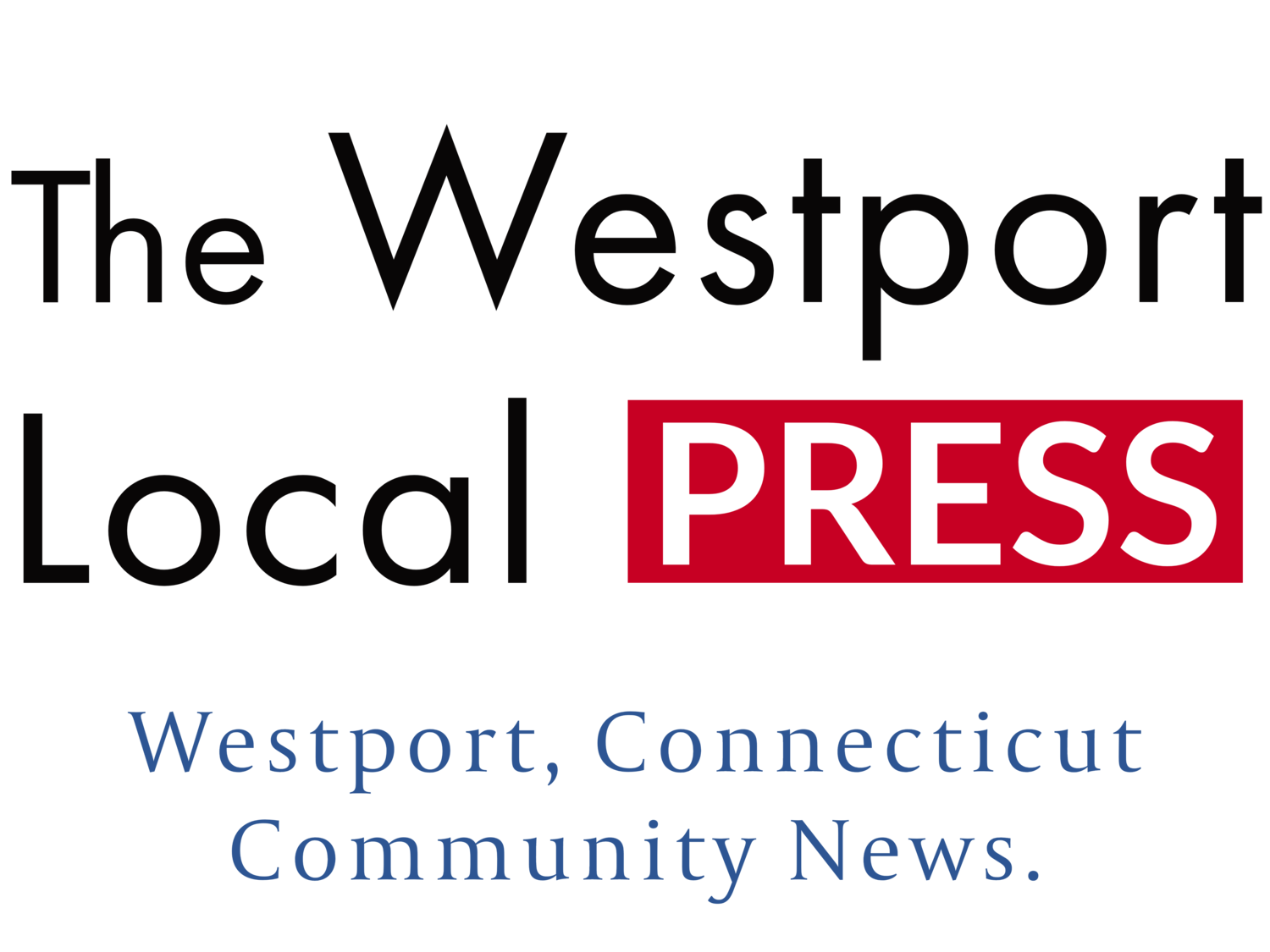Writer Recounts Racing in the Flying Scot North American Championships in Westport over Weekend
Photo by Art Petrosemolo for The Daily News of Newburyport. As I See It: Fear conquered in the waves
The Daily News of Newburyport | by Marilyn Archibald
“Big wave, big wave, BIG WAVE!”
It was our second day of sailing in the Flying Scot North American Championships in Westport, Connecticut. I had been told that the worst problem with sailing in Long Island Sound during July is usually a lack of wind. Instead, we had stormy, gray skies, 18-knot winds with gusts to 25, and 4-foot seas.
These conditions were unlike anything I had ever encountered. Heading straight into the waves, our 19-foot boat Talk like a Pirate rose and fell with stomach-churning slams. Going sideways to them heeled us over dangerously. In either direction, bucketloads of water drenched us to the skin almost continuously.
Heading out of the harbor, things hadn’t seemed so bad, but the minute we hit open water the real conditions became apparent. Any mistake could result in immediate capsize, a broken boom, collision with another boat, or one of us being flung out of the cockpit into the water.
“I don’t know if I can do this!” I shouted to my husband, David, gripping the jib and shroud lines like grim death.
“Try it! Just one race! You can do this!” he shouted back.
“Nooo,” I moaned, sobbing slightly. Then, I gave myself a mental shake. The truth was, I wasn’t afraid. I trusted my skipper. And if I didn’t do my job as crew to the absolute best of my ability, using everything I had learned over the last 10 years of sailing, I would put us both in real danger. My husband needed me, I needed him, and together we could do this.
So I hung on, moving from one side of the boat to the other as we tacked, yelling back when the waves in front of us looked like something out of The Perfect Storm.
Sailboat races have both upwind and downwind sections, called legs, and while sailing upwind right now was absolutely savage, sailing downwind — while seeming less scary — was actually more dangerous. The waves can push the boat faster than the actual wind speed and cause the front, or bow, of the boat, to be pushed under the water, causing the rudder to come up and control to be lost.
“Get back, get back!” David shouted, as we surfed down one enormous wave after another, and water cascaded over the front of the boat. I scrambled aft and the bow came back up. We finished the race and wave by wave, made it back to the harbor like a rocket ship, soaked, battered and for me at least, utterly exhilarated.
The two days of sailing that followed could not have been more different — nearly flat seas, and so little wind that most boats were towed in and out of the race course like baby ducks in a line. But these light wind conditions, which require the extreme patience that Skipper David has in abundance, favored our skills. We won second place out of more than 20 boats in our division on both days.
I’m a better sailor today than I was a week ago. I’m unlikely to see those extreme conditions again soon, but now I know I can handle them. Doing scary things is hard, but it’s how we grow stronger, as sailors, and as people.
Marilyn Archibald lives in West Newbury and sails with her husband, David, out of Sandy Bay Yacht Club, Rockport, Massachusetts.


